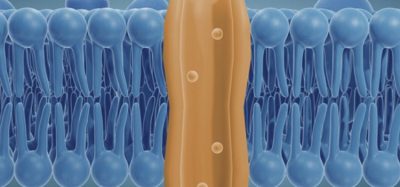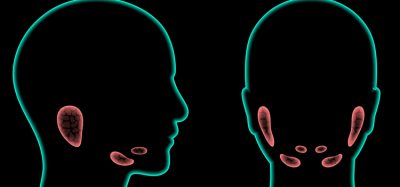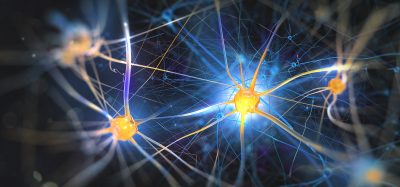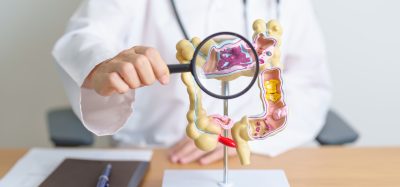Epidemiological data on SARS-CoV-2 uncovers insights into mutations
Posted: 25 November 2020 | Victoria Rees (Drug Target Review) | No comments yet
Researchers have analysed 750 samples from patients with SARS-CoV-2 to discover details about its transmission and mutational properties.
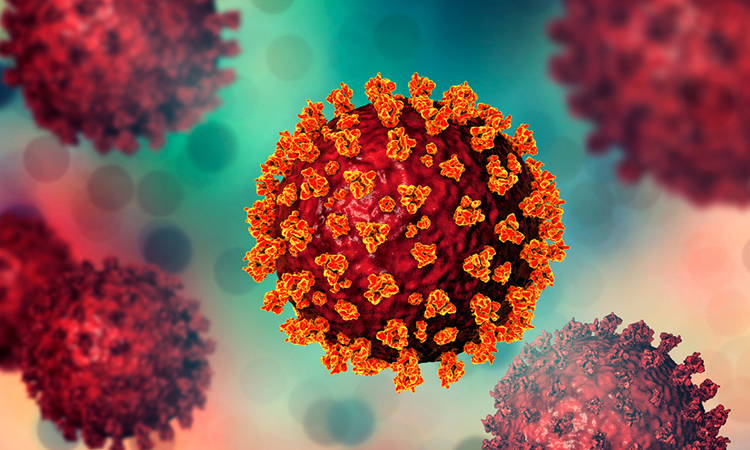

A study has produced high quality epidemiological data on SARS-CoV-2, the virus causing the COVID-19 pandemic. The research was conducted by a group led by Principal Investigator Andreas Bergthaler at the CeMM Research Center for Molecular Medicine of the Austrian Academy of Sciences.
The team investigated 750 samples from SARS-CoV-2 infection clusters in Austria. These were phylogenetically and epidemiologically reconstructed and their role in transcontinental virus spread was analysed. The scientists used mutation analyses to reconstruct a SARS-CoV-2 cluster consisting of 76 cases and to uncover a cryptic link between two epidemiological clusters.
“The modern techniques of virus genome sequencing support epidemiological contact tracing and offer high-resolution insights of the ongoing pandemic,” said Franz Allerberger, co-author of the study.
A chain of eight consecutive transmissions was analysed by the team. The precise breakdown of the transmission chain enabled the scientists to closely observe the development of a new mutation of SARS-CoV-2. “Thanks to excellent epidemiological and our deep virus sequencing data, we could follow how the SARS-CoV-2 virus mutated in one individual and was then transmitted to others,” explained Bergthaler. In addition, the scientists observed the mutation behaviour of the virus during the course of the disease in 31 patients. The team say this may help in the future to assess whether treatments influence the mutation characteristics of the virus.
The results of the current analyses also show that on average of 1,000 infectious virus particles are transmitted from one infected person to the next. These values are overall considerably higher than for other viruses such as HIV or noroviruses. Bergthaler added: “Yet, occasionally we also found infected people who apparently came into contact with fewer virus particles and still became infected. We suspect that parameters such as the application of protective measures, the transmission route or the immune system may play a decisive role here.”
According to the researchers, these results raise important new questions and hypotheses. Reducing the viral load of infected individuals by a combination of measures such as mouth-nose protection, physical distance and adequate indoor air exchange could play a key role in both preventing the spread of the virus and possibly even influence the course of the disease.
The results were published in Science Translational Medicine.
Related topics
Disease Research, Drug Targets, Epigenetics, Genetic Analysis, Research & Development
Related conditions
Covid-19
Related organisations
CeMM Research Center for Molecular Medicine of the Austrian Academy of Sciences
Related people
Andreas Bergthaler, Franz Allerberger



